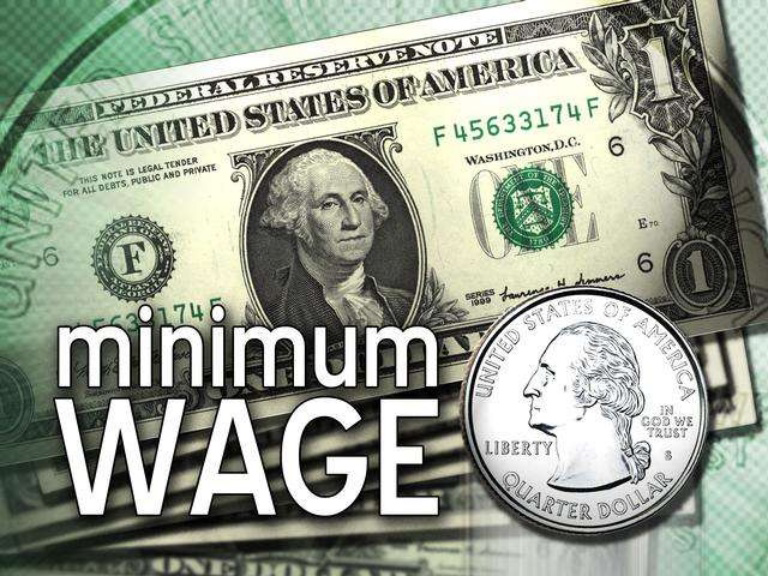Payroll
Minimum Wage Increases in 22 States in 2024
About 9.9 million workers will be paid nearly $7 billion more a year in annual wages, according to the Economic Policy Institute, a left-leaning research group.
Jan. 04, 2024

By Robert Higgs, cleveland.com (via TNS).
Higher minimum wages that kicked into effect with the start of 2024 will boost minimum hourly pay in some states as high as $16.28, benefiting as many as 10 million workers.
About 9.9 million workers will be paid nearly $7 billion more a year in annual wages, according to the Economic Policy Institute, a left-leaning research group.
The federal minimum wage, meanwhile, remains at $7.25 an hour, unchanged since 2009. Twenty states, mostly in the South and Midwest, also have that baseline rate as their state minimum wage.
“While the federal minimum wage falls further and further behind the cost of living at just $7.25 an hour, state increases are vital for workers, businesses and communities,” Holly Sklar, CEO of Business for a Fair Minimum Wage, said in a statement to CBS News.
Even lower is the minimum wage for tipped workers. In Delaware, for example, the minimum wage rose from $11.75 to $13.25, but the minimum for workers who rely on tips remains at $2.23 an hour, NPR reported.
The highest of the new rates will be in California, parts of New York and Washington. California and greater New York City now mandate a minimum wage of $16 an hour. In Washington, the minimum is $16.38.
At the lower end among states that raised their minimum wages were Montana (which increased to $10.30 an hour), Michigan (now $10.33 an hour) and Ohio (now $10.45 an hour).
In addition to the 22 states, Florida increased its minimum wage by $1 near the end of 2023 to $12 an hour. Two more states, Nevada and Oregon, have approved increases effective July 1.
The minimum wage in the District of Columbia rose to $17 an hour in June 2023.
Some cities and counties went even further, the policy center found.
Thirty-eight, mostly in the West, increased minimum wages beyond their state’s levels, with many topping $17 an hour.
More than half the people who benefit are woman, the policy institute said. About 11% of Black workers, who account for 9% of the workforce, will be affected. Among Hispanic workers, who account for 19.6% of the workforce, 37.9% will get wage increases.
Nearly 26% of affected workers – more than 2.5 million people – are parents, researchers found. About 5.6 million children live in households where an individual will receive a minimum wage increase. But while the increases will help, in most states minimum wages do not provide enough income to cover the costs of day-to-day living.
Amy Glasmeier, a professor of economic geography at MIT, helped develop the Living Wage Calculator which estimates what workers across the country would need to earn to cover the cost of living.
Nearly 20% of workers getting a raise have incomes below the poverty line, the Economic Policy Institute estimated. Nearly half have incomes below twice the poverty line.
The MIT calculator estimates the level of income needed for households across the country, considers factors such as child care, housing, transportation and food. It then generates an estimate for a particular state, city or county.
Even the highest minimum wage rates aren’t enough, Glasmeier told Minnesota Public Radio’s “Marketplace.”
For example, figures from the calculator show that a couple in Greater Cleveland with no children and one income would still need $25.53 an hour – more than double Ohio’s minimum wage – to adequately cover living costs.
“The minimum wage, in almost every location in the United States does not cover a living wage,” Glasmeier said.
©2024 Advance Local Media LLC. Visit cleveland.com. Distributed by Tribune Content Agency, LLC.
